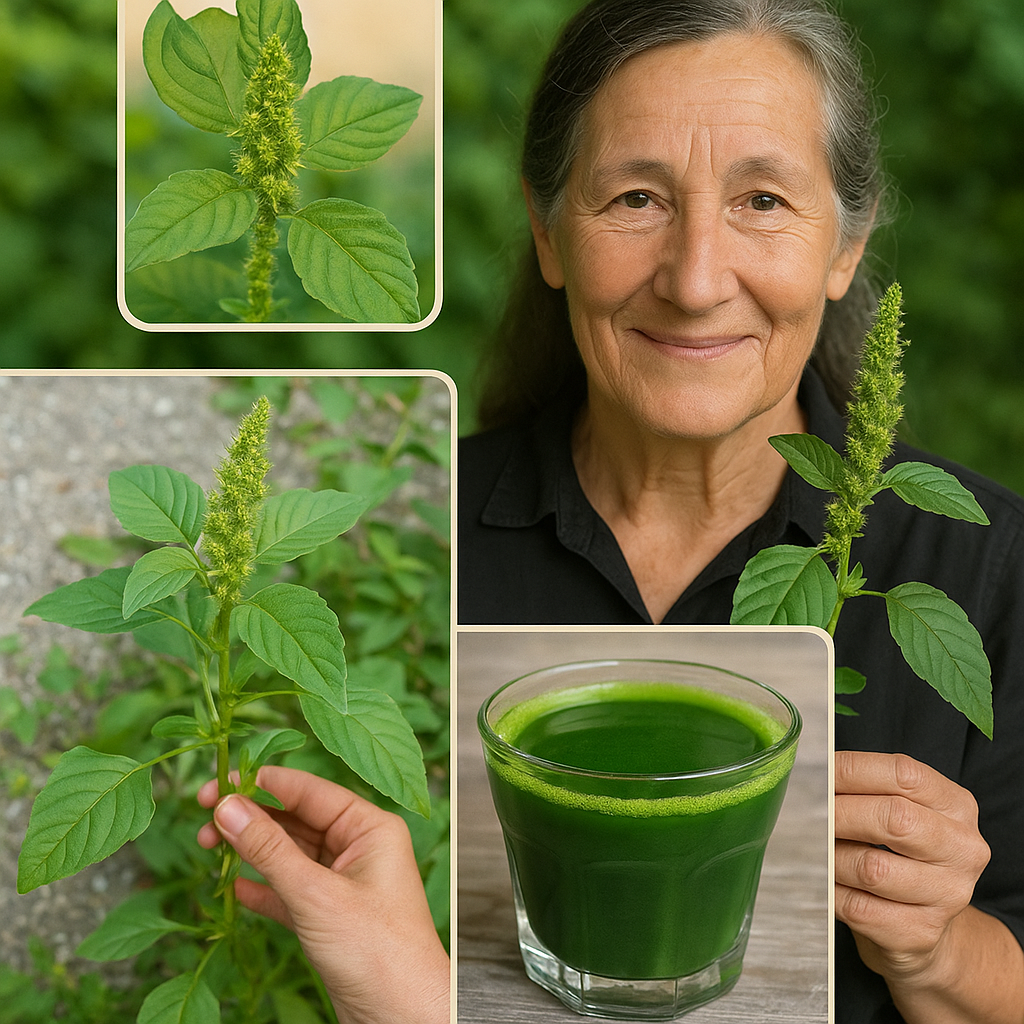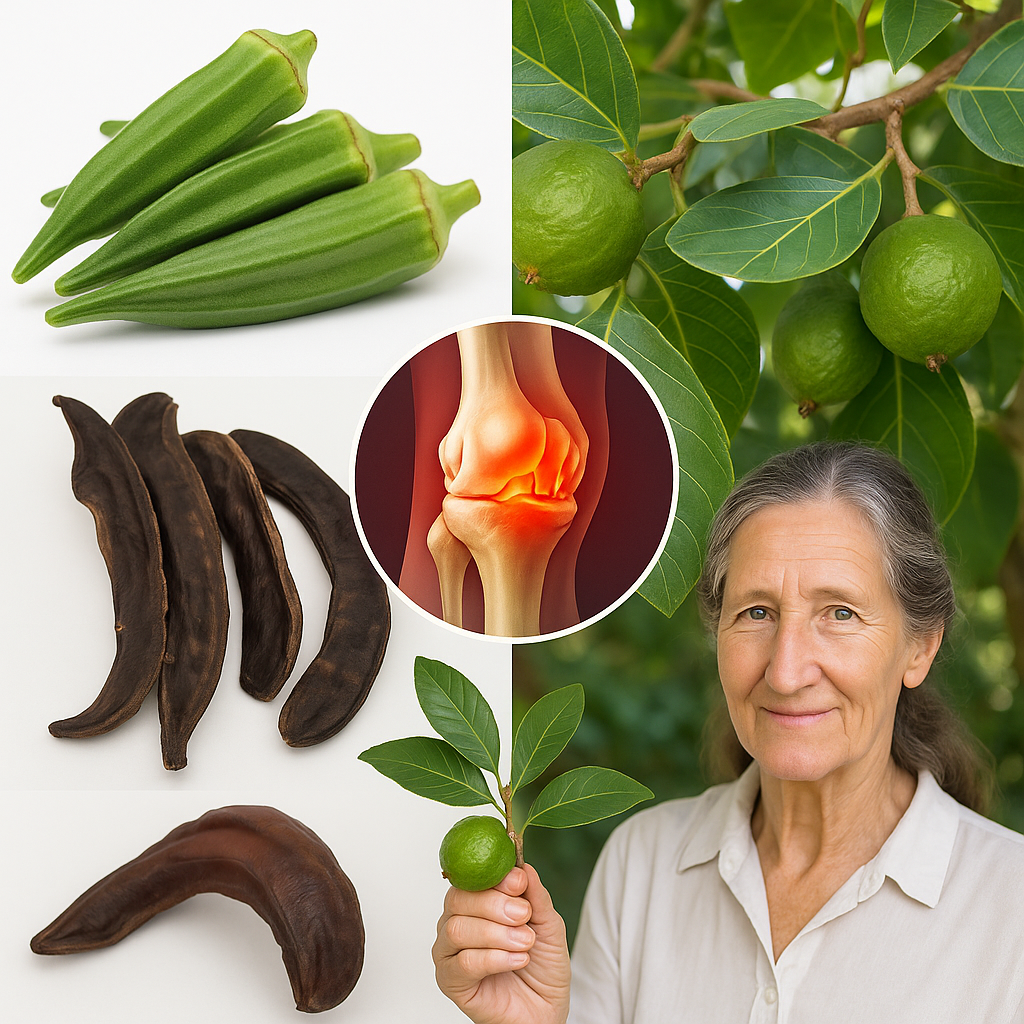🌿 Have you ever walked past a mimosa tree, admiring its delicate pink blooms and soft, feathery leaves, without realizing it holds a powerful secret for wellness? Albizia julibrissin—known as the silk tree or Tree of Happiness—has been treasured for centuries in traditional herbal practices for its calming, uplifting properties. With a little knowledge and care, you can collect, prepare, and preserve its gifts for year-round use.
✨ Ready to discover how to responsibly harvest Albizia’s bark, flowers, and leaves to create natural remedies for stress, sleep, and emotional balance? Let’s dive into this practical, step-by-step guide.

🌟 Why Harvest Albizia Julibrissin?
The bark, flowers, and leaves of Albizia are more than beautiful—they’re a potent source of natural wellness. The bark is valued for its grounding, calming qualities. The flowers uplift the spirit and promote restful sleep. The leaves offer gentle support for immunity and detoxification. Harvesting these parts yourself ensures purity, sustainability, and a deeper connection to the healing power of nature.
🌿 How to Collect, Prepare, and Store Albizia Bark
🕰️ Best Time to Harvest:
Early spring or late autumn, when the sap flow is low and the tree experiences minimal stress.
🔪 Collection Steps:
- Choose mature, healthy trees free from disease or pesticides.
- Use a clean, sharp knife to cut small branches (1–2 inches thick) rather than stripping bark directly from the trunk.
- Peel away only the rough outer bark to access the smooth inner bark.
- Harvest small strips from multiple branches, limiting collection to no more than 10% of the tree’s bark.
🛠️ Preparation:
- Rinse bark strips under cool water to remove dirt.
- Cut into small pieces (1–2 inches) for faster drying.
- Spread in a single layer on a wire rack in a shaded, ventilated area. Turn pieces every 1–2 days.
- Bark dries fully in 7–10 days when it snaps easily.
🫙 Storage:
- Store dried bark in airtight glass jars in a cool, dark place.
- Label containers with harvest date and part name.
- Shelf life: up to 1 year.
🌸 How to Collect, Prepare, and Store Albizia Flowers
🕰️ Best Time to Harvest:
Late spring to early summer, during peak bloom (May–July), ideally in the morning after the dew dries.
🌸 Collection Steps:
- Select vibrant, fully open flowers without browning.
- Use scissors or fingers to gently snip flower heads.
- Leave plenty of blooms on the tree for pollinators and seed production.
🛠️ Preparation:
- Gently shake flowers to remove insects.
- Air-dry flowers on mesh racks or paper towels in a warm, shaded space for 3–5 days.
- Use a dehydrator at low temperatures (95°F/35°C) if humidity is high.
🫙 Storage:
- Store in airtight, dark glass jars or vacuum-sealed bags.
- Keep in a cool, dry place.
- Shelf life: up to 6 months.
🌿 How to Collect, Prepare, and Store Albizia Leaves
🕰️ Best Time to Harvest:
Late spring to early summer when leaves are lush and green.
🌿 Collection Steps:
- Choose healthy, undamaged leaves.
- Snip mature leaves, taking no more than 20% from a tree.
- Harvest from multiple branches to distribute impact.
🛠️ Preparation:
- Gently rinse leaves under cool water and pat dry.
- Spread in a single layer on a drying rack in a shaded, ventilated spot.
- Dry for 3–7 days until crisp and crumbly, or use a dehydrator set to 95–110°F (35–43°C).
🫙 Storage:
- Store dried leaves in airtight jars or bags.
- Alternatively, blanch leaves quickly and freeze in airtight freezer bags for up to 6 months.
- Shelf life (dried): up to 1 year.
🌟 Important Harvesting Tips for Sustainability and Safety
🌿 Harvest Responsibly:
Albizia is invasive in some regions. Harvest only from your own property or with permission. Avoid spreading seeds accidentally.
🧼 Choose Clean Sites:
Collect from pesticide-free, uncontaminated areas—preferably organic.
🏷️ Label Everything:
Always mark the harvest date, plant part, and preparation method on storage containers.
🔍 Monitor Regularly:
Check dried parts monthly for mold, moisture, or off smells. Discard if compromised.
⚠️ Consult a Professional:
Before using Albizia medicinally, talk to a healthcare provider, especially if pregnant, nursing, or on medications like sedatives.
🌿 How to Use Your Harvested Albizia Parts
- 🌳 Bark Tea: Boil 1 teaspoon dried bark in 1 cup water for 20 minutes. Drink 1–2 times daily for mood support and stress relief.
- 🌸 Flower Tea: Steep 1 teaspoon dried flowers in 1 cup hot water for 10 minutes. Enjoy up to twice daily to promote relaxation and emotional balance.
- 🍃 Leaf Tea: Simmer 1 teaspoon dried leaves for 5–10 minutes for immune and detox support.
- 🧴 Topical Paste: Mix powdered bark or leaves with water to form a paste. Apply to minor wounds or skin irritations for 20–30 minutes.
- 💧 Tincture: Soak bark or flowers in alcohol (vodka recommended) for 4–6 weeks. Strain and use 3–5 drops diluted in water up to three times daily for anxiety or sleep support (professional advice recommended).
🌟 Why This Matters for Your Health and the Environment
Harvesting and preparing Albizia julibrissin connects you with ancient wisdom and offers a sustainable way to support emotional resilience, sleep quality, and natural healing. Doing it thoughtfully protects the tree and its surrounding ecosystem while providing you with pure, chemical-free remedies.
Mindful harvesting encourages a deeper respect for nature and reminds us that powerful healing often comes from the simplest sources—right outside your door.

✨ Start Your Albizia Adventure Today
The next time you see the pink, cloud-like blossoms of a mimosa tree or feel the softness of its fern-like leaves, know you’re looking at a natural treasure trove. Start collecting with care, prepare your own teas or tinctures, and experience the gentle, joyful energy of Albizia in your daily life.
Share this guide with fellow nature enthusiasts and inspire others to discover the beauty and healing power of the Tree of Happiness—your journey begins now! 🌿
4o


